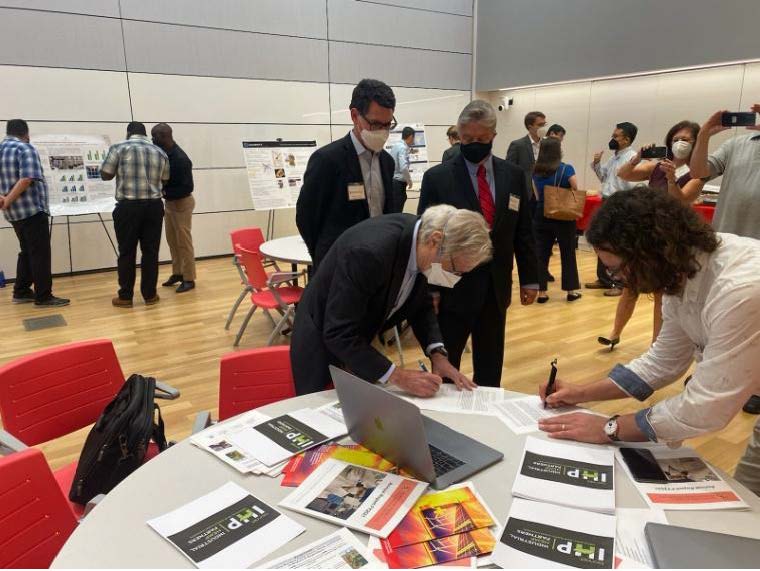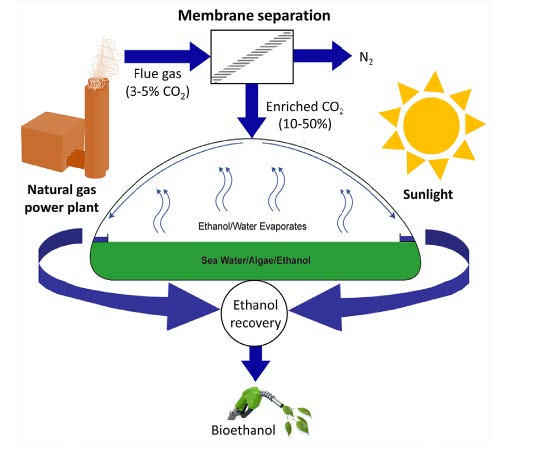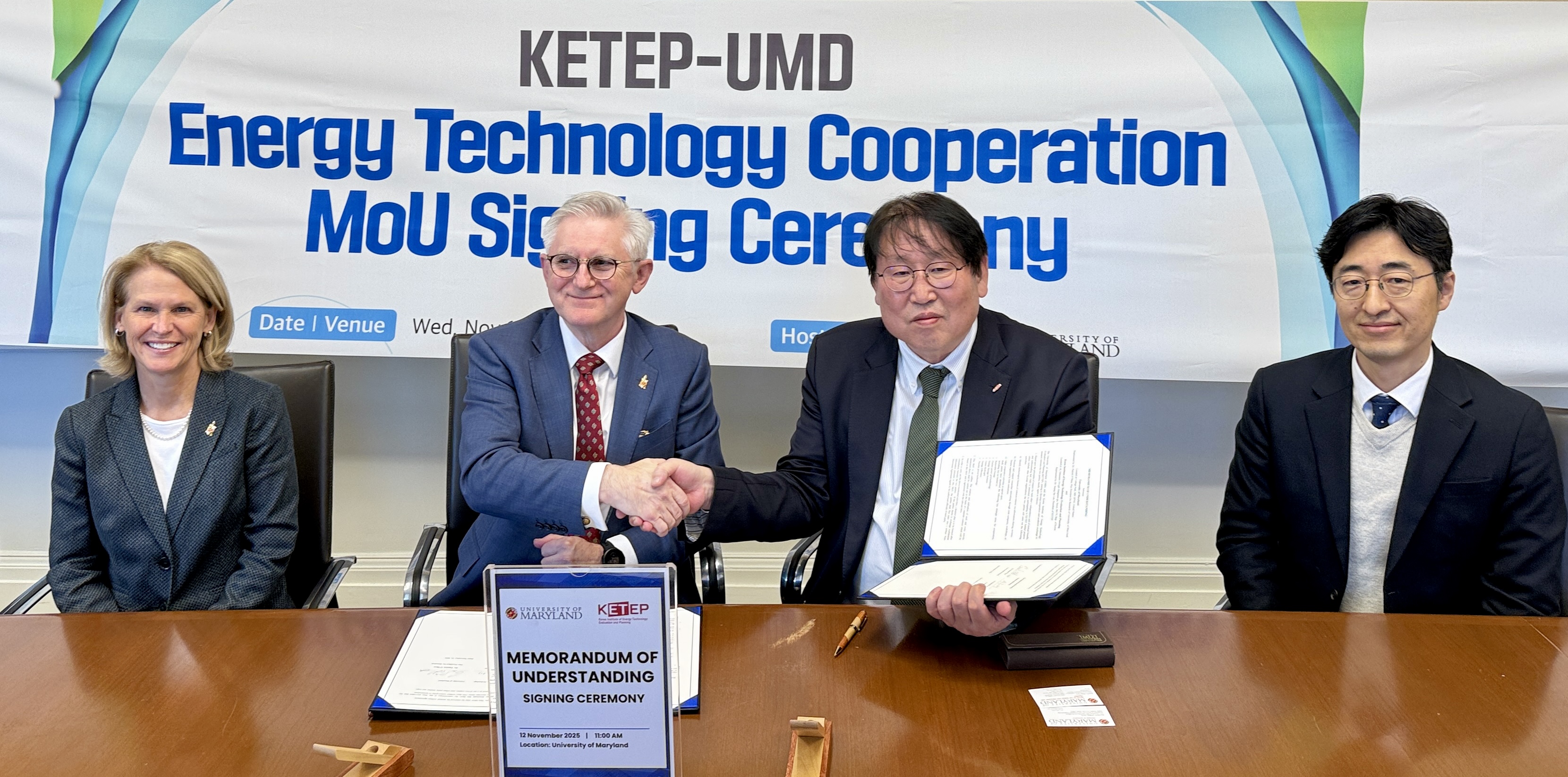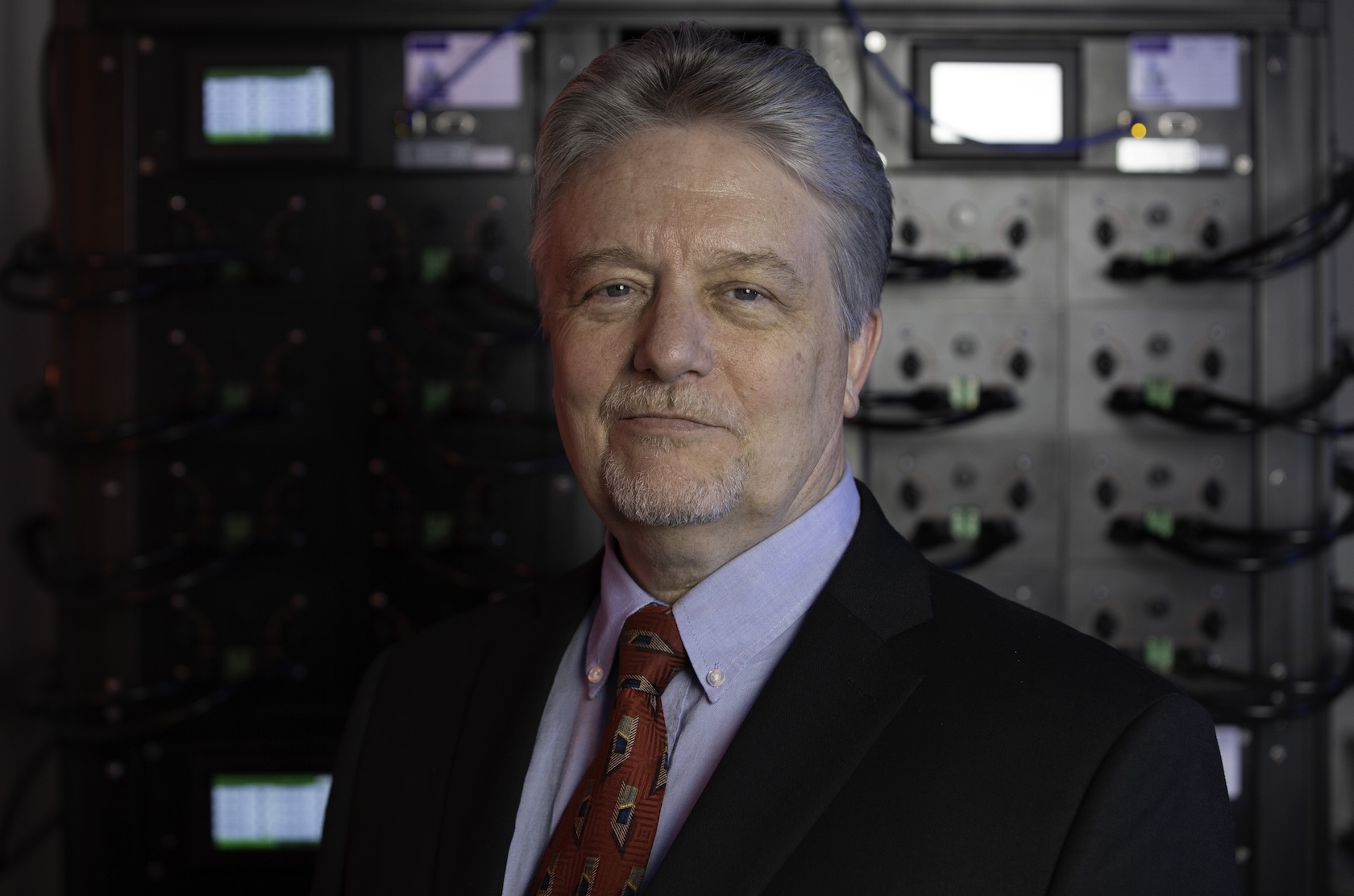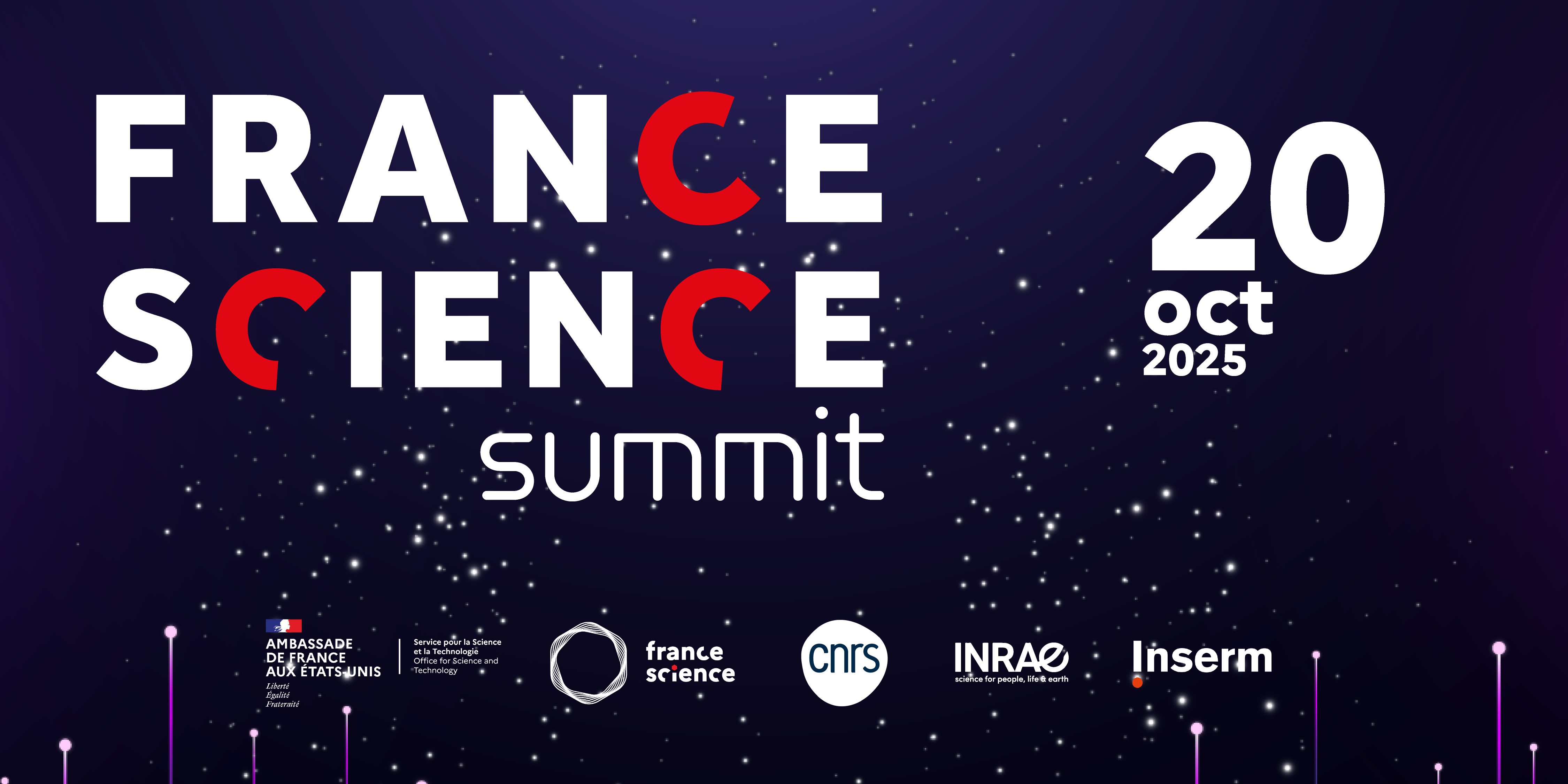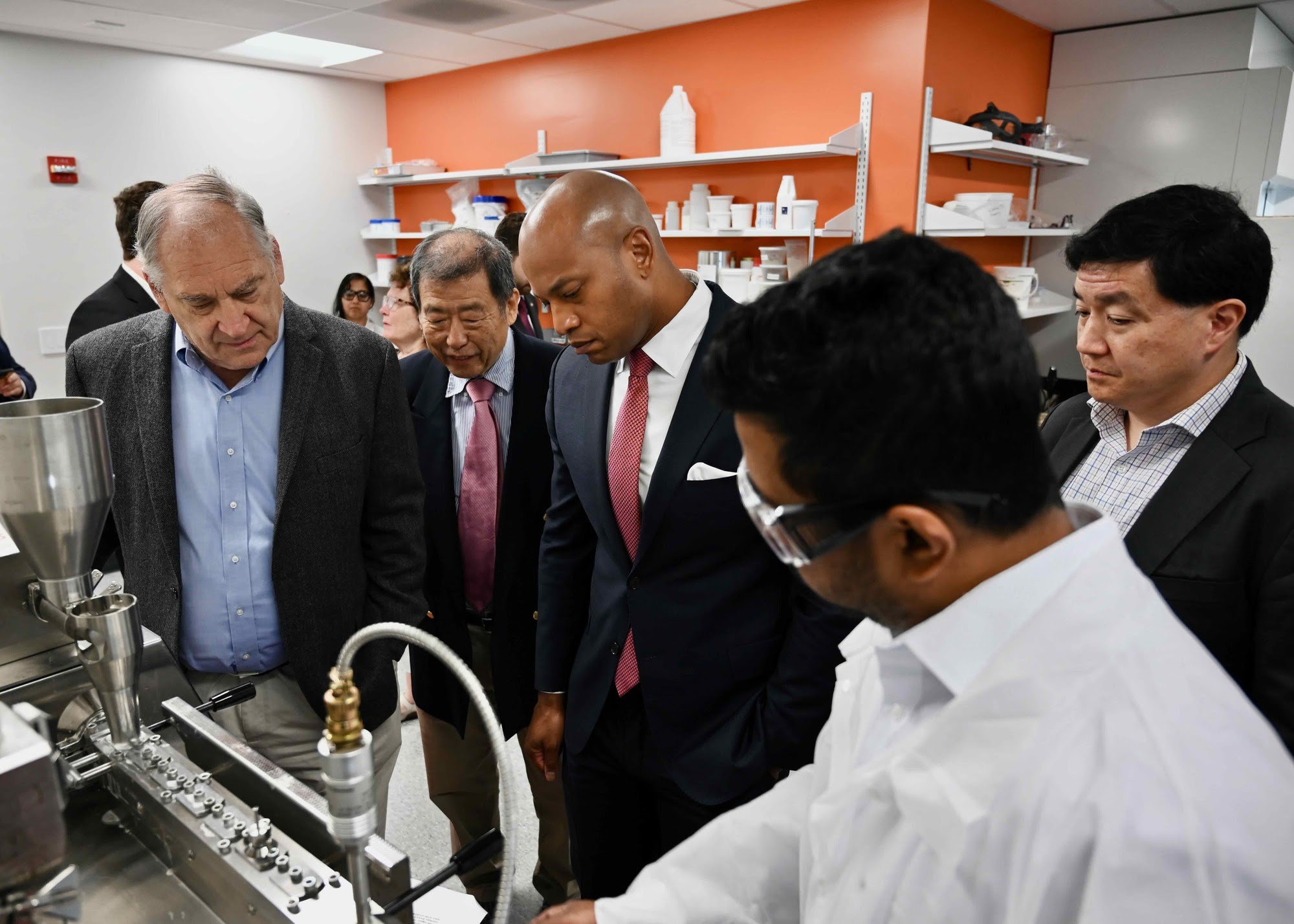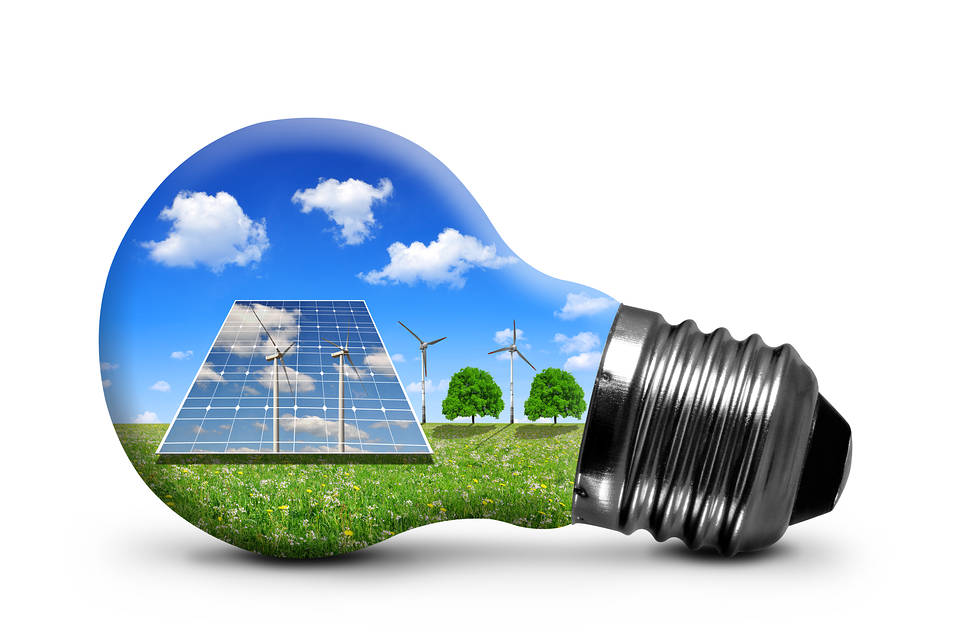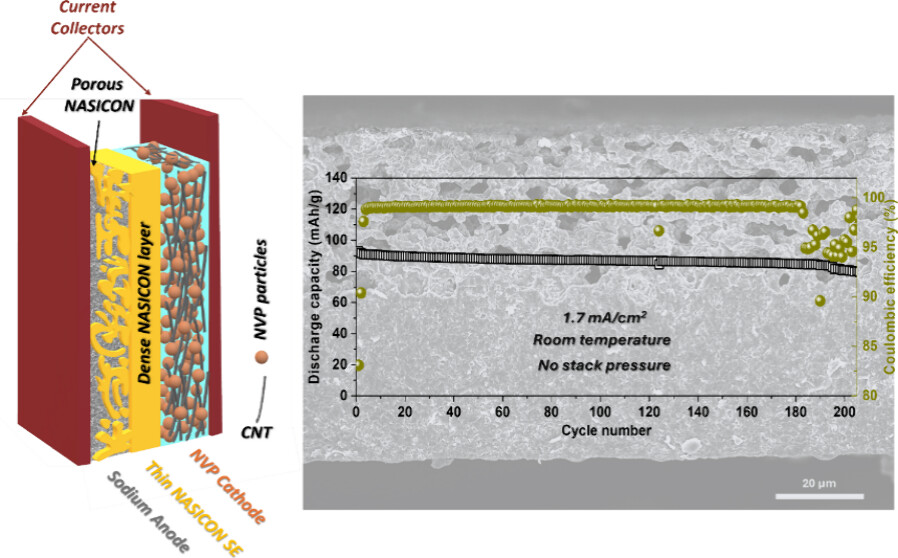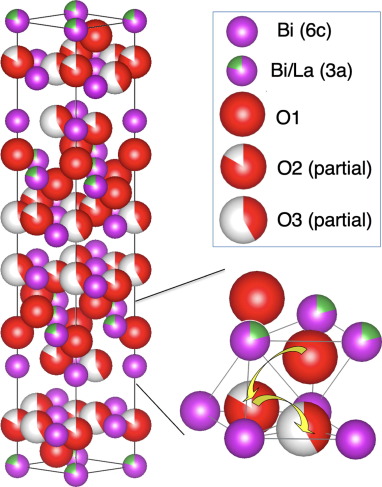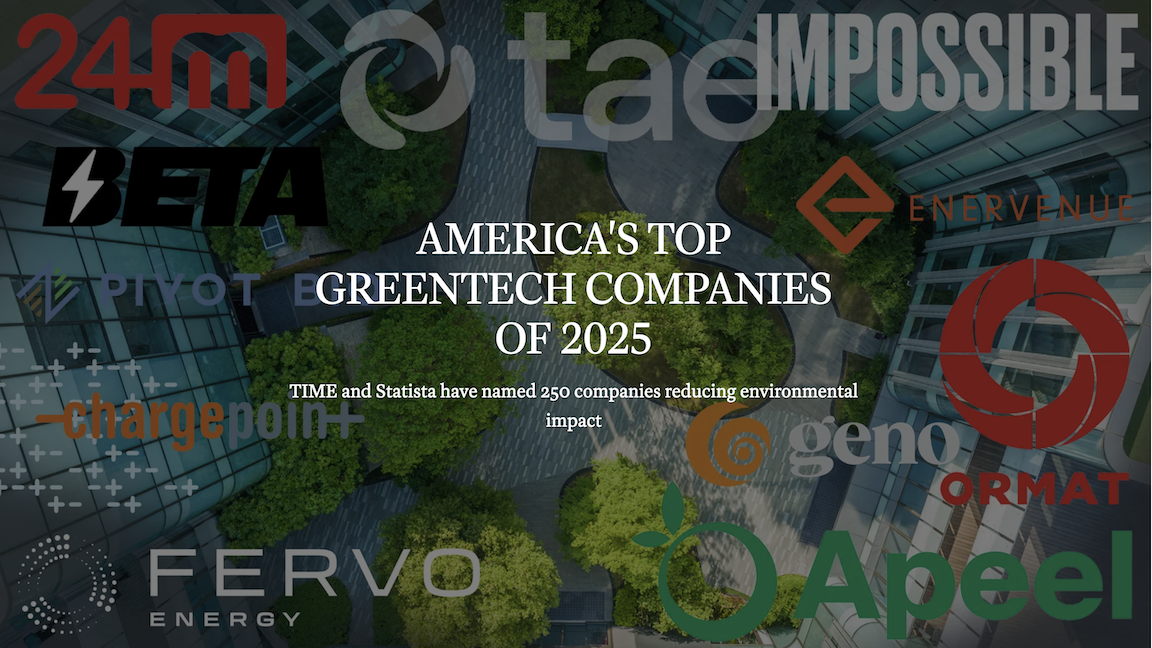News Story
$6M in Grants Support Work to Create Biofuels, Bioplastics From Food Waste
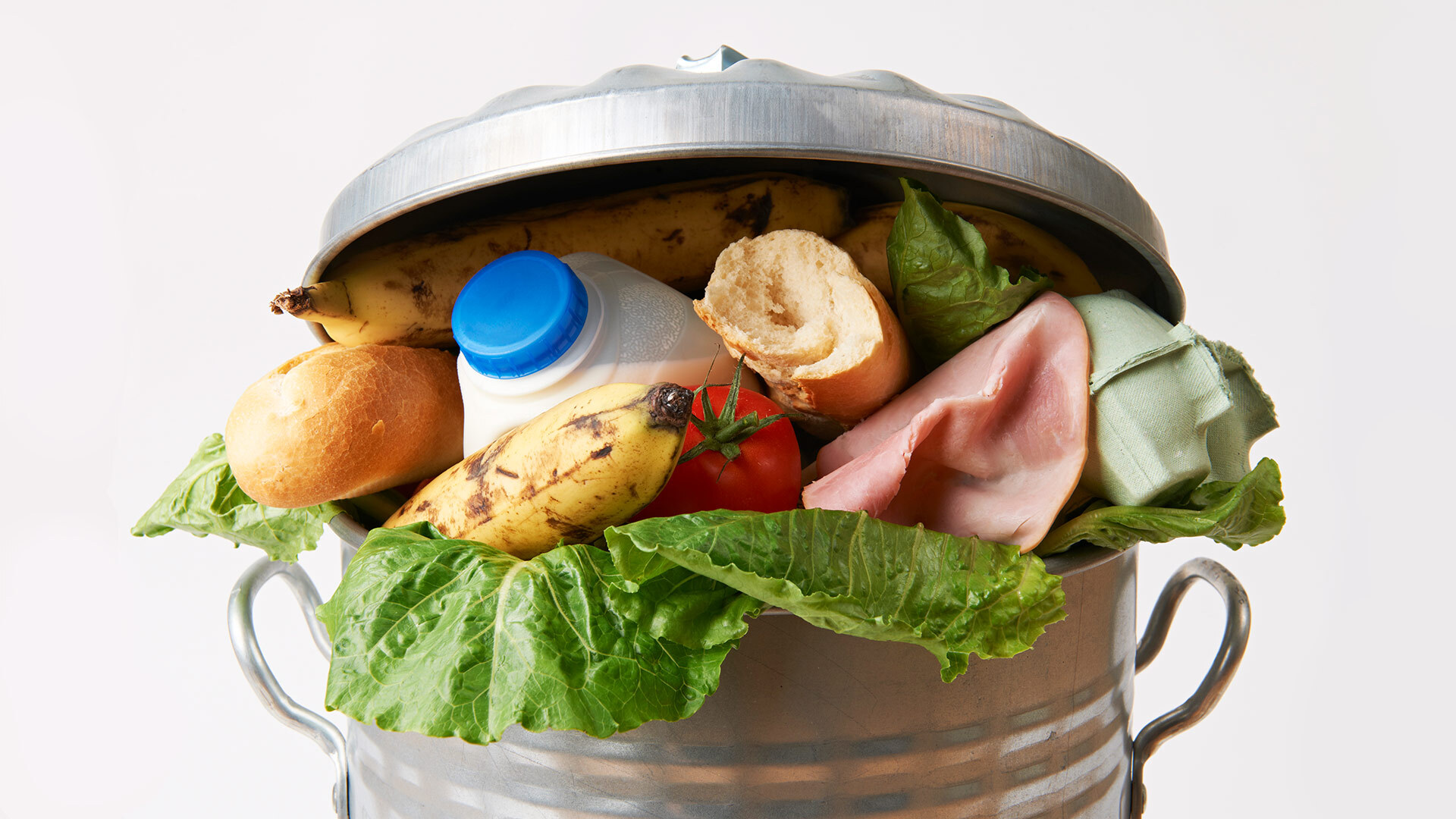
Up to one-third of the Earth's food is never eaten, but two new projects by a University of Maryland environmental science and technology researcher seek to turn this waste into marketable biofuel and bioplastic projects.
Dr. Stephanie Lansing, UMD Professor in the College of Agriculture and Natural Resources, was one of the first recipients of the Maryland Energy Innovation Institute's Energy Seed Grants. Fudning for her research on Biogas Enhancement and Ammonia Extraction for Increased Revenue in Waste-to-Energy Systems, enabled her to transform the combined biogas scrubbing and nutrient capture system of an aaerobic digester from lab scale to field scale in an applied system.
Building on this, she has just received $6M in additional funding from the Department of Energy.
Reprinted from Maryland Today - September 1, 2021
From leftovers neglected in the fridge until they go bad to crops that spoil because of faulty storage, a shocking one-third of the world’s food—nearly 1.5 billion tons yearly, according to a United Nations estimate—goes uneaten.
Now, a University of Maryland professor is leading two new grants totaling $6 million from the U.S. Department of Energy (DOE) to develop sustainable products from food that otherwise would become waste.

Goods like plastics and traditional fuels rely on petroleum and other fossil energy sources, which are finite and costly to the environment to extract and use. The two grants are funding a consortium of scientists and industry partners led by Stephanie Lansing from the Department of Environmental Science and Technology to not only research innovative ways to use waste, but also develop marketable biofuels and bioplastics that will both protect the environment and create economic gains.
“The two grants are really focused on different avenues for renewable resource production,” Lansing said. “How can we take the resources we have and find a way to use them sustainably?”
The projects funded by the grants are a natural extension of the work Lansing does in her Bioenergy and Bioprocessing Technology Laboratory, converting waste products into something useful, often through a process called anaerobic digestion, which uses bacteria to break down waste and create natural gas (including for a project at the Port of Baltimore).
This process works well with pure food waste, but if thin plastics or other bulkier products that won’t degrade biologically with anaerobic digestion are present, Lansing also uses the process of gasification—a controlled thermochemical reaction that produces the needed gases.
For the $3.5 million grant focused on biofuel production, Lansing is leading a team that includes researchers from Ohio State University, Mississippi State University, Virginia Tech, Idaho National Lab, SCS Engineers and Quasar Energy Group to conduct the first nationwide study to understand how location and the time of year affects the waste coming into landfills, and what the biofuel potential of that waste really is.
The goal is to devise a way to separate wastes through processes similar to current methods of separating recycling and trash. The remaining waste can be broken down with anaerobic digestion or gasification and reconstituted into liquid biofuels used like traditional gasoline and diesel.
With the other ongoing $2.5 million DOE grant, instead of producing biofuels, the goal is to produce bioplastics without fossil fuels that also can then be degraded much more easily than current plastic products. This work includes Amro Hassanein, assistant research scientist in Environmental Science and Technology, as well as external partners from the Naval Research Laboratory in Washington, D.C., the Idaho National Laboratory, Virginia Tech and Quasar Energy Group.
“This project is really about giving food waste a value, but instead of converting it into energy like we have in the past, we are stopping the anaerobic digestion process early and then feeding the carbons to a different type of bacteria that can actually build up materials within their cells to make bioplastics,” said Lansing.
Both grants also involve sustainability and economic assessments against the current products on the market to see how marketable these new bioplastics and biofuels can be.
Published September 1, 2021
